table of contents:
Vlieseline, the material used to stabilize and structure fabric for clothing and accessories, is considered a must-have in sewing! In this article, we will explore the different types of Vlieseline available around us, each with its own specific characteristics and uses . Whether you are looking for a lightweight Vlieseline for delicate sewing projects or a thicker Vlieseline, we will guide you through several options you can choose from!

To help you, here is a Viseline summary table:
Bulky Interfacing:
| Ref | Measure | How to use it? | Type of fabric | What to do with it? |
| H630 | white, 90 cm | One-sided iron-on fleece for patchwork, quilting, and warm clothing. Ideal for valances, ruffles, and tiebacks. | Light to medium weight fabrics like cotton and synthetics | Fix with a hot iron, dry gently step by step without slipping |
| H640 | white, 90 cm | One-sided, cozy, bulkiest iron-on fleece for quilting, quilting, 3D creations, loops, bows, borders... and warm clothing | Light to medium weight fabrics like cotton and synthetics | Iron with a damp cloth, pressing firmly, location by location. |
| HH650 | white, 150 cm | Double-sided fusible fleece allows two layers to be joined in one operation, ideal for quilting and garment making. | Light to medium weight fabrics | Place Vlieseline HH 650 between the pieces of fabric to be joined, taking care that there are no folds or misalignments. |
| 272 | white, 114 cm | Particularly compact and firm fleece, thermal insulating, ideal for patchwork and quilting projects, covers, potholders, etc. | All fabrics | Simply place under the fabric and sew (not iron-on). |
| 277 | white, 150 cm | 100% cotton fleece, fluffy and lightweight, ideal for quilting and warm clothing, no fiber migration, very stable | All fabrics | Simply position then sew. |
| X50 | white, 90 cm | Thin fleece with an iron-on diamond pattern, ideal for quilted garments and all similar craft projects. | All fabrics | Fix with a dry iron step by step without slipping for 10 to 12 seconds. |
|
279 Cotton Mix |
ecru, 220 x 270 cm | Vlieseline 279 Cotton Mix 80/20 is a needle-punched fleece, made of 80% cotton + 20% polyester. | All fabrics | 279 Cotton Mix 80/20 has been specially developed to fit into your quilts, quilting projects and wall hangings. |
| P120 | white, 250 x 300 cm | Versatile, mid-weight fleece with a flame-retardant finish for multiple uses such as patchwork and quilting, as well as making warm, lightweight garments. | All fabrics | Particularly suitable for safety-protective and functional clothing, padding, bedding etc. |
|
P250 |
white - 150 x 200 cm | P250 is a very bulky, flame-retardant synthetic fiber batting. Ideal for patchwork, quilting, and upholstery. | All fabrics | Duvets, play mats, as well as for the production of warm and functional clothing such as jackets, coats and safety clothing. |
| Dekowatte | wadding |
Sewing Interfacings:
| Ref | Measure | How to use it? | Type of fabric | What to do with it? |
|
L11 Anthracite |
90cm | Particularly soft and supple interfacing. For small collar inserts, cuffs, etc. on blouses and dresses. | Lightweight fabrics such as crash and pleats | For hand or machine sewing |
|
M12 White |
90cm | Soft interfacing, for all uses, dress fronts, jacket and coat bibs but also for collars, pockets, plackets etc. Also ideal as a bib in jackets. | Light to medium weight fabrics such as crash and pleats | For hand or machine sewing |
|
S13 |
90cm | Stable and compact sewing interfacing: for fabric baskets, cap visors, bag bottoms and all creative projects | Heavy fabrics | For hand or machine sewing |
Woven Interlinings:
| Ref | Measure | How to use? | Type of fabric? | What to do with it? |
|
G700 Black |
90cm | Versatile pure cotton woven interfacing for small panels, blouses and shirts | Light to medium weight fabrics | Fix with a steam iron, 5-6 times gently, step by step without slipping |
|
G710 White G710 Black |
90cm | Versatile woven interfacing made from pure cotton for small panels, blouses and dresses. A lighter alternative to G 700. | Light to medium weight fabrics | Fix with a steam iron, 5-6 times gently, step by step without slipping |
|
G740 Ecru G740 Black |
90cm | Lightly brushed, medium-weight woven interfacing for jacket bibs, coats, etc. and for small patches. | Medium to heavyweight fabrics | Fix with a steam iron, 5-6 times gently, step by step without slipping |
|
G770 Ecru G770 Black |
75 cm | Bi-elastic woven PES interlining, iron-on, flexible and universally usable on all supports, which guarantees impeccable adhesion over time | For all fabrics | Fix with a steam iron, 5-6 times gently, step by step without slipping |
|
G785 White G785 Black G785 Chair |
90 cm | Soft and lightweight bi-stretch woven interfacing for reinforcements of blouses and dresses, fronts of jackets, coats, etc. made from lightweight and/or stretchy fabrics | Delicate and flowing fabrics such as silk, viscose, acetate, cupro and stretch and sheer fabrics | First, briefly fix the cut interfacing with an iron (low temperature) to hold it in place, gently to avoid any creases. Then fix permanently, dry or steam depending on the fabric. |
Non-woven interfacing:
| Ref | Measure | How to use it? | Fabrics | What to do with it? |
|
H180 Black |
90cm | Particularly soft and lightweight interfacing for small jacket panels and bibs... very light to medium fabrics | Delicate and flowing fabrics such as silk, viscose, acetate and cupro | Fix with a hot iron dry, 5 to 6 times, gently step by step without slipping |
|
H200 Black |
90cm | Lightweight interfacing, medium stability for small blouse and dress panels | Lightweight fabrics such as cotton and polyester | Fix with a hot iron, dry, 5 to 6 times, gently step by step without slipping |
|
H250 Anthracite |
90cm | Stable interfacing for forming yokes, belts and creative projects | Light to medium weight fabrics such as cotton | Fix with a hot iron, dry, 5 to 6 times, step by step without slipping |
|
H410 |
90cm | Soft interfacing with stabilizing threads running lengthwise, for jacket bibs... as well as small inserts | Light to medium weight fabrics such as wool and wild silk | Fix with a hot iron, using a damp cloth, step by step without slipping. |
|
H609 Black |
75cm | Extreme elasticity ideal for stretchy pieces | Stretch fabrics such as jersey | Fix with a hot iron, dry, 5 to 6 times, gently step by step without slipping |
|
F220 White F220 Black |
90cm | Lightweight interfacing, suitable for small pieces such as collars, cuffs, etc., for blouses and clothes. | Light to medium weight fabrics such as wool and wild silk | Fix with a hot iron, using a damp cloth, step by step without slipping. |
|
LE420 |
90cm | Soft interfacing, usable for all yokes: fronts of vests, jackets and coats, collars, pockets, tabs, etc. | Light to medium weight fabrics such as wool and wild silk | Fix with a hot iron, using a damp cloth, step by step without slipping. |
|
G405 White G405 Black |
90cm | Soft interfacing, usable for all yokes: fronts of vests, jackets and coats, collars, pockets, tabs, etc. | Light to medium weight fabrics such as wool and wild silk | Fix with a hot iron, using a damp cloth, step by step without slipping. |
Creative Interfacings:
| Ref | Measure | How to use it? | |
|
Vliesofix |
90 cm | Double-sided induction veil for making appliqués, creative leisure work, for patching | Set the iron to wool, iron dry by sliding the iron slowly over the paper for 5 seconds, then let it cool. Set the iron to wool/cotton, iron with a damp cloth, keeping the iron pressed for 10 seconds, location by location. |
|
Lamifix Gloss |
45 cm | Transparent iron-on sheet for making fabric baskets, toiletry bags, bags, placemats and other DIY projects | Iron dry on the shiny or printed part with a damp cloth, lightly at first then pressing for about 8 seconds, location by location |
| S320 | white, 90 cm | Lightweight "valance" interfacing ideal for bags, fabric baskets, belts, hats, DIY projects, etc. | Set the iron to wool/cotton, iron with a damp cloth, keeping the iron pressed down, area by area |
| S520 | white, 90 cm | Strong chabraque-style interfacing for fabric baskets, bags, belts, hats and all creative works etc. | Set the iron to wool/cotton, iron with a damp cloth, keeping the iron pressed down, area by area |
|
Decovil |
beige, 90 cm | Stable, it is used as a saddle pad. Its excellent strength and flexibility allow it to be used to make hats, belts, bags, pouches, and textile baskets. | Decovil should be ironed at 'Wool' temperature, with a damp cloth, without slipping: press firmly for around 6 seconds, area by area. |
|
Decovil Light |
beige, 90 cm | Decovil Light is a lighter, softer, and more flexible version of its predecessor, Decovil. It's ironable and has a leather-like feel, making it ideal for creating belts and all 3D shapes. | Decovil should be ironed at 'Wool' temperature, with a damp cloth, without slipping: press firmly for around 6 seconds, area by area. |
| Rasterquick square | white, 90 cm | Tear-off pattern with printed grid (1x1cm). Geometric patterns and shapes can be created quickly and easily. It is also ideal for transferring or enlarging cutting templates and drawings. | Always place fabric pieces on the unprinted side of the fabric. Sew along the line using the sewing guide. |
|
Rasterquick triangle |
white, 90 cm | Tear-resistant pattern with printed triangles for 60° angle designs such as stars, cubes (for Baby-Block), hexagons. The different lines make cutting and sewing different designs easier. | The dotted lines are the cutting lines and allow for seam allowance. The solid lines are the sewing lines. |

Any more tips?
Some tips if you are thinking of ironing on your Vlieseline...
First, make sure you have the right tools: Vlieseline suitable for your project, an iron and an ironing board. Start by preheating your iron to the temperature recommended for the fabric on which you will be applying the Vlieseline . Place the fabric right side up on the ironing board, then position the Vlieseline onto the fabric with the adhesive side facing down. Make sure that the Cover the entire desired area with Vlieseline . Then place a thin cloth or a sheet of parchment paper over the area. Vlieseline to avoid damaging the iron or fabric. Press firmly onto the hot cloth or parchment paper with the iron, using slow, even movements for about 10 to 15 seconds. Make sure to cover the entire surface of the Vlieseline with the heat of the iron. Then, let the fabric cool completely before handling it. This will allow the Vlieseline to attach securely to the fabric. And there you have it, you have ironed on your Vlieseline with success!
Practical advice : choosing the right needle for your sewing machine
...Here's another little tip for cutting your Vlieseline :
Start by placing your Vlieseline on a clean, flat work surface. Use a ruler to measure the amount of Vlieseline you need for your project. Mark the measurements on the Vlieseline with a pen or pencil. Then, use sharp scissors to cut the Vlieseline according to the marks you made.
It's important to cut the Vlieseline with precise, even movements to achieve clean edges. Make sure your scissors are clean to avoid transferring dirt or residue to the Vlieseline. If you need specific shapes, you can also trace the outlines onto the Vlieseline and cut along the traced lines.
This process is especially useful if you're working on a project with a tartan pattern, where precision is essential to bring out the lines and checks. Make sure you take your time and cut accurately to achieve the desired results. Once you've cut the Vlieseline, it's ready to use in your sewing project!
Thanks to its ease of use and versatility, you will be able to bring your ideas to life with professionalism and above all, don't forget to choose the right one. Vlieseline according to your needs and follow the appropriate steps.
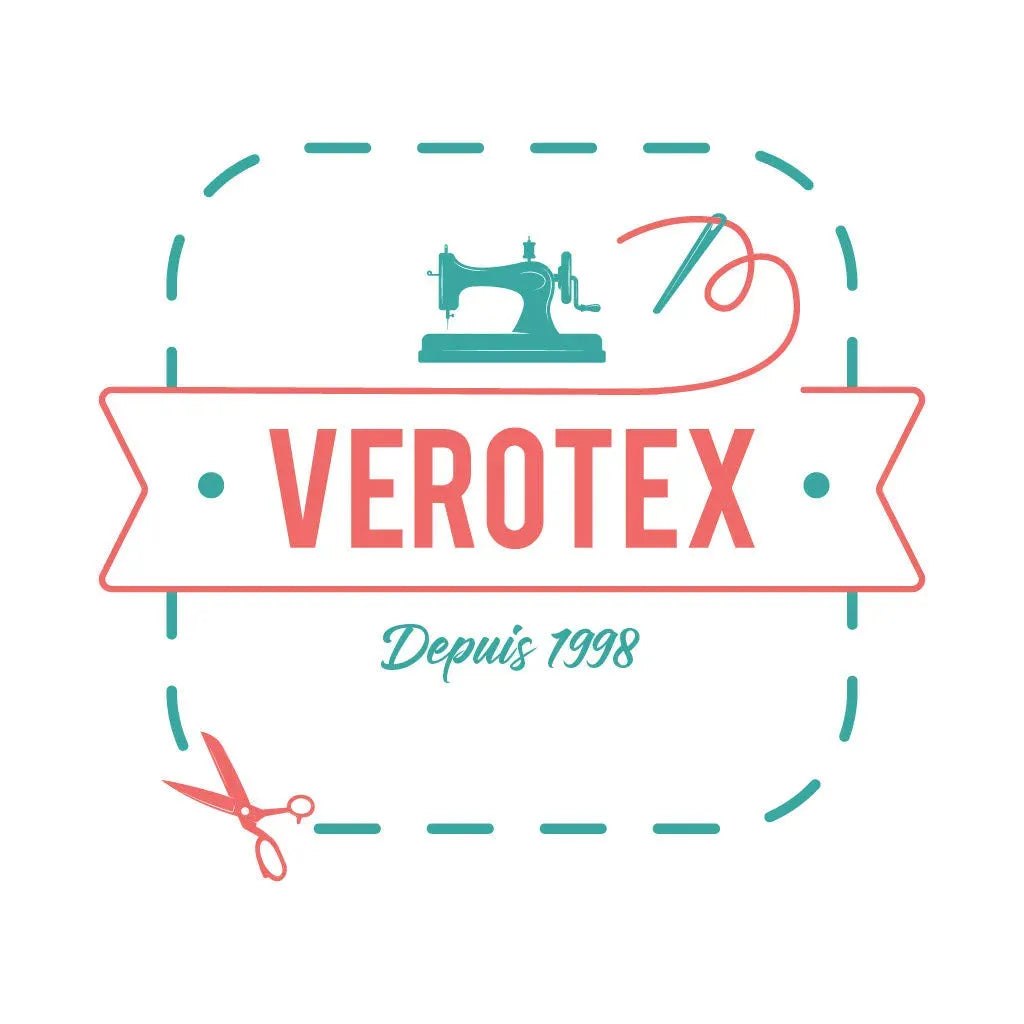
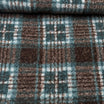
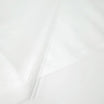
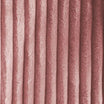
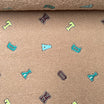
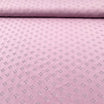
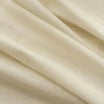

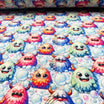
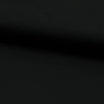
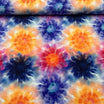
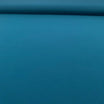
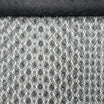
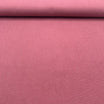
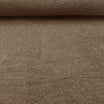

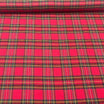
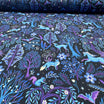
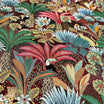
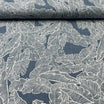
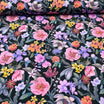
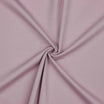
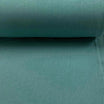
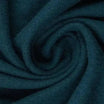
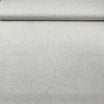
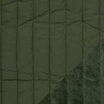
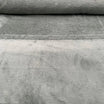
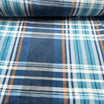

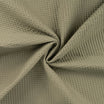
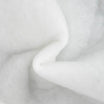
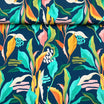
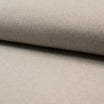
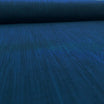
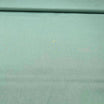
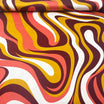
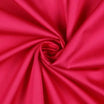










Leave a comment
All comments are moderated before being published.
This site is protected by hCaptcha and the hCaptcha Privacy Policy and Terms of Service apply.